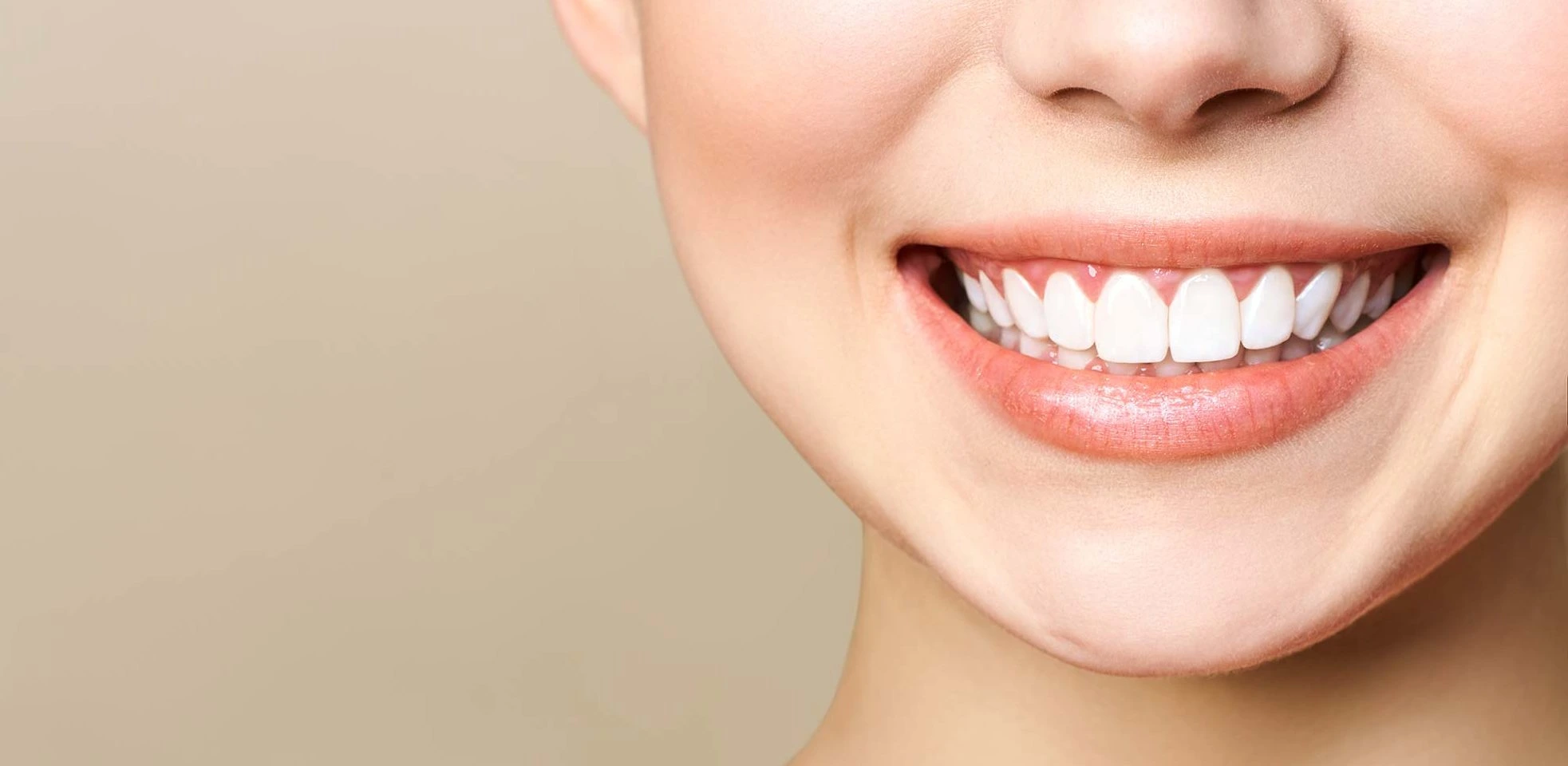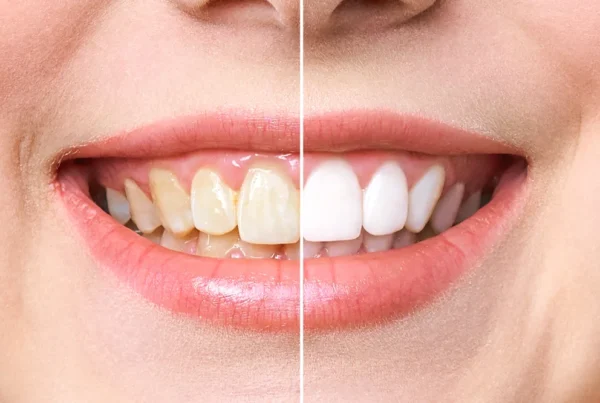Natural teeth whitening is one of the most buzzworthy trends in oral health—but separating fact from fiction isn’t always easy. At Grand Prairie Family Dental, we meet patients every day who ask about baking soda, charcoal, oil pulling, or fruit-based remedies as alternatives to professional whitening. While the appeal of a chemical-free approach is understandable, many natural methods come with hidden risks and limited effectiveness.
In this guide, we explore what natural whitening options actually do, what they don’t, and how to incorporate safe practices into your dental care without damaging your teeth. Because a healthy smile starts with smart choices—not viral trends.
Evaluating the True Impact of Natural Whitening Ingredients
From kitchen staples to health store favorites, natural whitening options are widely accessible—but that doesn’t mean they’re safe or effective for everyone. Understanding how each ingredient affects the teeth is essential before adding it to your routine.
Baking soda is one of the few natural ingredients with some scientific support. Its gentle abrasiveness can lift surface stains, making it helpful in moderation. Oil pulling, often practiced with coconut or sesame oil, has limited whitening benefits and remains largely anecdotal in its effects. Other ingredients, like vinegar, lemon juice, or activated charcoal, pose real risks: they can wear down enamel, increase sensitivity, and even cause permanent damage when overused.
The key takeaway? Even if it’s natural, it’s not automatically safe. Knowing the limitations of each ingredient can prevent irreversible harm to your enamel while helping you make more informed choices.
The Rise (and Risk) of Trendy Whitening Techniques
Social media has fueled an explosion of DIY whitening hacks—many of which are unproven and unsafe. Patients in Grand Prairie have told us about using everything from banana peels to hydrogen peroxide from a drugstore bottle. While these methods may offer slight cosmetic improvement, they often come with more risk than reward.
Let’s take a closer look at three of the most popular natural whitening trends:
- Charcoal powders and pastes: Promoted for detoxification, but their abrasiveness can strip enamel and leave teeth more porous.
- Oil pulling: A centuries-old technique that may freshen breath but offers minimal whitening effect and should never replace brushing.
- Fruit-based methods: Strawberries, lemons, or apple cider vinegar may seem safe, but their acidity can rapidly erode enamel.
None of these methods are backed by dental associations, and their inconsistent results rarely justify the potential damage. At Grand Prairie Family Dental, we advise using only those natural options that have demonstrated safety and efficacy under controlled use.
When Natural Isn’t Enough: Dentist-Directed Whitening Solutions
Natural remedies may help lift light, surface-level stains—but they fall short for deep or intrinsic discoloration. When you’ve tried natural methods without seeing meaningful improvement, it’s time to explore professional whitening.
In-office bleaching, custom take-home trays, and gentle peroxide-based treatments are more effective for intrinsic stains caused by medication, trauma, or age. These clinical methods are also safer because they are monitored and adjusted by a licensed professional.
At Grand Prairie Family Dental, our whitening plans are built around your dental history, enamel condition, and sensitivity level. If you’ve used natural methods and are unsatisfied with the outcome—or worse, have experienced irritation—let our team help you build a safer, science-backed approach.
Pairing Natural Care with Dentist-Approved Protocols
Not all natural remedies need to be abandoned. When used cautiously and under dental supervision, some ingredients can support a larger whitening strategy. We often recommend baking soda in limited quantities as an occasional supplement to fluoride toothpaste.
Other natural options may include:
- Diluted hydrogen peroxide in dentist-approved concentrations
- Baking soda blends in professionally formulated toothpastes
- Mineral-rich rinses that support enamel remineralization
However, these methods should never be used as substitutes for brushing, flossing, or routine dental cleanings. Instead, they work best when integrated into a holistic care plan that combines safe home care with professional oversight.
Customizing Natural Whitening to Your Smile
Every patient’s smile is different, and so is the suitability of natural whitening methods. Factors like enamel thickness, previous dental work, sensitivity history, and lifestyle habits all influence which techniques are appropriate.
Before you reach for a DIY remedy, schedule an exam at Grand Prairie Family Dental. We’ll evaluate the condition of your enamel, identify the type of stains you have, and advise you on whether natural, clinical, or combination treatments are best.
This approach ensures your whitening strategy won’t do more harm than good—and that your long-term oral health stays protected.

Your Step-by-Step Strategy for Whitening Safely
If you’re interested in natural methods but want to ensure you’re not compromising your smile, we recommend the following action plan:
- Start with a dental exam to assess tooth structure, enamel health, and stain location.
- Test any natural remedy under guidance—especially if you have restorations or known sensitivity.
- Combine safe natural supplements like baking soda or low-abrasion pastes with regular brushing and professional care.
Most importantly, don’t skip your checkups. Even the best natural approach needs to be grounded in professional insight.
Knowing When It’s Time to Go Pro
Some signs that it’s time to move beyond DIY whitening include:
- No visible improvement after several weeks of consistent use
- Heightened tooth sensitivity or gum irritation
- Intrinsic discoloration from trauma, medication, or aging
- Mismatched shades due to existing dental restorations
If any of these apply to you, a clinical whitening treatment at Grand Prairie Family Dental may be your best next step. We offer options that are fast, affordable, and tailored to your enamel’s unique needs—without the risks of trending remedies.
Empowering Your Whitening Decisions
Whitening should never be a guessing game. Our team at Grand Prairie Family Dental is here to educate, support, and guide you through every phase of your cosmetic care. We believe empowered patients make better choices, which is why we:
- Offer one-on-one consultations
- Break down product ingredients and side effects
- Customize long-term strategies based on your lifestyle
You’ll never be pressured into a treatment you don’t need. Instead, you’ll leave with confidence in both your results and the process behind them.
Maintaining Brightness Through Daily Habits
Even the best whitening technique can’t compete with poor hygiene. To keep your teeth naturally brighter, practice:
- Twice-daily brushing with a fluoride-based, non-abrasive toothpaste
- Daily flossing to reduce surface buildup between teeth
- Regular dental visits every 6 months for deep cleaning
- Smart food choices that limit dark-colored beverages and acidic snacks
These simple habits can prevent new stains and preserve your whitening results, whether you’re using natural options or professional treatments.
If you’re ready to explore whitening options that balance natural care with expert precision, schedule a consultation at Grand Prairie Family Dental today.
Frequently Asked Questions
Are natural teeth whitening methods effective?
Some, like baking soda, may help remove surface stains, but they can’t change the natural color of your enamel. For deeper whitening, professional treatments are more effective.
Is teeth whitening with charcoal safe?
No. Charcoal is highly abrasive and can damage enamel with repeated use, increasing your risk of sensitivity and staining.
Can I replace brushing with oil pulling?
No. Oil pulling may offer some benefits for gum health, but it should never replace brushing, flossing, or routine dental cleanings.
Book an appointment with Grand Prairie, TX’s top dentist, Dr. Khademazad, today. It’s the first step to a better smile and increased self-esteem. Call us at 972-988-0900.
Schedule Your Consultation Today!
Grand Prairie Family Dental
972-988-0900
2475 W Pioneer Pkwy
Grand Prairie, Texas, 75051






